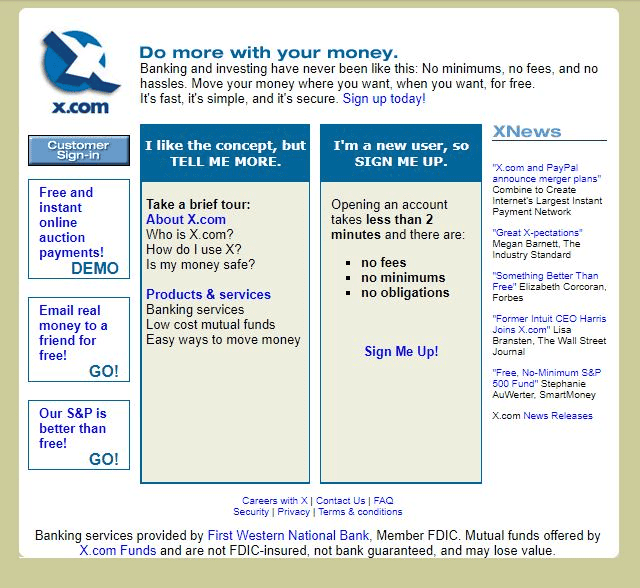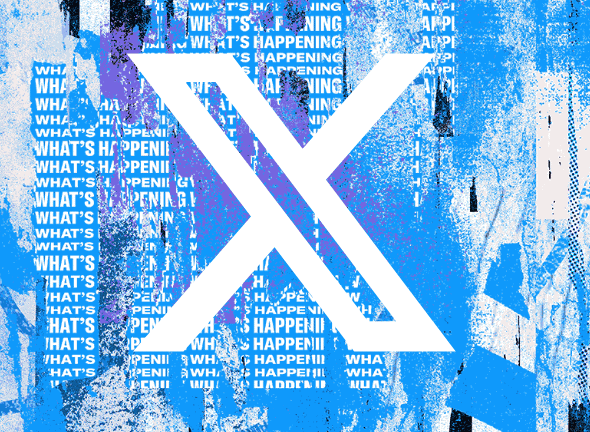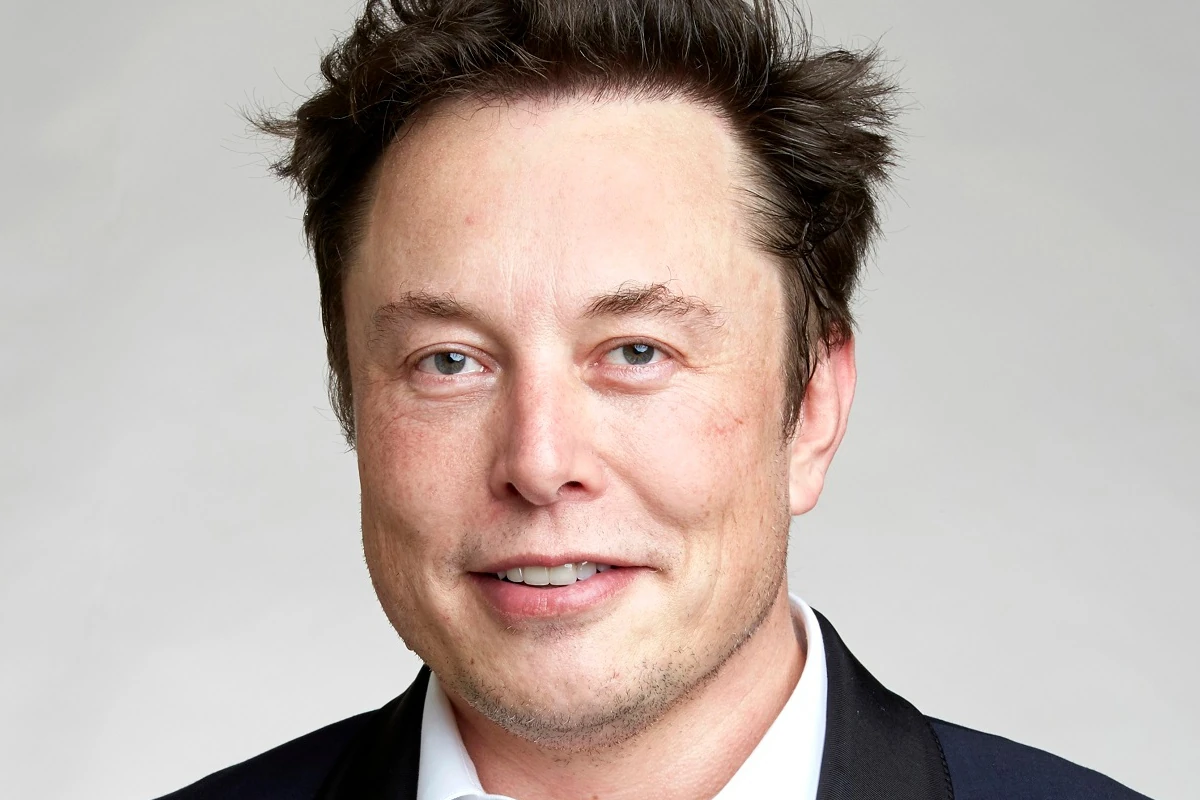Before X.com became the new Twitter, it started as a simple idea from a podcasting venture named Odeo. Founded in 2004 by Evan Williams, Biz Stone, and Noah Glass, this trio had a vision. Williams and Stone, who had worked at Google, and Glass, who created Blogger, brought their tech experience to the table. Odeo aimed to change how we share and listen to audio content online. Fast forward, and this idea evolved into what we now know as Twitter, a platform that revolutionized social media by making it easy for anyone to share their thoughts in short, punchy messages.
This transformation from a podcasting service to a social media giant shows how innovative ideas can lead to unexpected and influential outcomes.X.com’s journey from a financial platform to the foundation of PayPal serves as a powerful testament to the value of user feedback and the art of the pivot in the tech industry. Elon Musk’s early venture laid the groundwork for his approach to business, emphasizing adaptability and the importance of branding. As X.com morphed into PayPal, it didn’t just change names; it set a precedent for how companies can evolve through listening to their users. This story is a reminder that success often requires flexibility, vision, and the willingness to embrace change.

What was X.com Before It Became The New Twitter?
| Year | Name | Description |
|---|---|---|
| 1999 – 2001 | X.com (Financial Services) | An online banking platform and payment processing service founded by Elon Musk. Aimed to revolutionize finance through digital services. Later merged with Confinity to form PayPal. |
| 2001 – 2022 | Unassigned | X.com wasn’t used by any public entity after the formation of PayPal and became dormant. Elon Musk reacquired the domain in 2016. |
| 2022 | Twitter (acquired by X Corp) | Twitter, the social media platform, gets acquired by X Corp, a holding company owned by Elon Musk. |
| Oct 27, 2023 | X.com redirects to Twitter | X.com is redirected to Twitter.com, officially transitioning into the new public name for the Twitter platform. |
The X Factor: Rebranding Twitter and Musk’s Vision
Deeper Dive into the X Rebranding
On October 27, 2023, Twitter officially became X. This wasn’t just a name change; it was a complete makeover. The familiar blue bird logo flew away, replaced by a stylized black and white X. Even the word “tweet” disappeared, with posts now simply called “posts.” This drastic shift reflected Elon Musk’s grand vision for X to become an “everything app.” Think of it like WeChat in China, where users can do everything from messaging and social networking to paying bills and ordering food, all within one app.
Musk’s “Everything App”
Musk wants X to be more than just a place to share thoughts. He sees it as a hub for communication, entertainment, and financial transactions. This ambition has led to the introduction of new features, like the “Grok” AI chatbot, designed to answer questions in a humorous and informative way. The subscription service, Twitter Blue, has also been rebranded as X Premium, offering users perks like fewer ads and longer posts.
Reactions and Challenges
The rebranding has been met with mixed reactions. Some users welcomed the change, while others expressed concerns about losing the established Twitter brand. There are worries about confusion and whether the new name will resonate with users. X has also faced legal challenges. In Australia, a court fined the platform for not adequately addressing child abuse content. Financially, X’s value has reportedly dropped since Musk’s acquisition, with estimates suggesting a decline of around 70%.
A More Complete History
To fully understand the X story, we need to go back to its roots. Before Twitter, there was Odeo, a podcasting venture founded in 2004. The founders, Evan Williams, Biz Stone, and Noah Glass, wanted to revolutionize how people shared and listened to audio online. However, podcasting didn’t take off as they expected. The team needed a new idea. That’s when Jack Dorsey, a key figure often overlooked in this story, entered the picture. Dorsey, along with Williams and Stone, came up with the idea for a platform where people could share short messages with friends. This was the birth of Twitter.

Twitter’s Impact and the Road Ahead
Twitter, now X, has had a profound impact on society. It has become a powerful tool for political movements, social activism, and the spread of information (and unfortunately, misinformation). The platform has played a role in major events, from the Arab Spring to the #MeToo movement. As X moves forward, it faces the challenge of balancing free speech with the need to combat harmful content. The platform’s future success will depend on its ability to navigate these challenges while continuing to innovate and adapt to the ever-changing digital landscape.
X.com Quick Facts
| Question | Facts |
|---|---|
| What is X.com, and how did it lead to PayPal? | X.com was an online financial platform founded by Elon Musk in 1999. Based on user feedback favoring simplicity, it evolved into PayPal. |
| Why is the naming of a product or service important in the tech industry? | A straightforward and memorable name can make a product more appealing, as demonstrated by the transition from X.com to PayPal. |
| What lessons did Elon Musk learn from X.com that influenced his later projects? | Musk learned the value of adaptability, customer feedback, and the importance of a product name in shaping user perception. |
| How did user feedback influence the evolution of X.com? | Feedback about the complexity of the name X.com led to its evolution into PayPal. |
| What role did X.com play in Elon Musk’s career? | X.com marked Musk’s foray into online financial services, and its transformation into PayPal shaped his approach to future ventures. |
| What is Musk’s vision for the “everything app”? | Musk envisions X as a hub for communication, entertainment, and financial transactions, similar to WeChat in China. |
| What are some of the controversies surrounding the rebranding of Twitter to X? | Concerns include brand recognition, potential confusion, and the loss of the iconic Twitter brand. |
| What legal and financial challenges has X faced recently? | X has faced legal challenges, such as a fine in Australia for not addressing child abuse content, and its value has reportedly declined since Musk’s acquisition. |
Key Takeaways
- X.com’s Initial Vision: X.com began as an ambitious online banking project in 1999, aiming to revolutionize how financial transactions were conducted online. Its evolution showcases the dynamism of tech startups, highlighting how adaptability in the face of challenges and market demands can lead to entirely new directions.
- PayPal’s Emergence: The acquisition of Confinity and the subsequent success of PayPal, a service designed to make online money transfers easy and secure, pivoted the company away from its original banking focus. This shift underscores the importance of innovation and market response in shaping the paths of tech companies.
- X.com to Twitter Transformation: Before becoming known as the new Twitter, X.com underwent significant transformations, reflecting the rapidly changing landscape of the tech industry. The involvement of key figures like Elon Musk in rebranding and restructuring the platform illustrates the impact of visionary leadership on the tech field.
- Social Media Impact: The evolution from X.com to PayPal and then into the new Twitter entity demonstrates the fluid nature of the tech and social media spaces, emphasizing the value of user feedback, adaptability, and strategic repositioning in achieving success and staying relevant in highly competitive markets.
The Origin of X.com
Before it became the buzzing hub of social interactions known as the new Twitter, X.com had a different life. It was a bold idea hatched by a visionary. X.com aimed to make a splash in the world of online banking. Back in 1999, it was a big deal. Online money stuff was still new, and people weren’t sure if they could trust it. X.com wanted to change that by making it easy and safe.
The journey wasn’t smooth. They ran into trouble with rules set by banking authorities and had a hard time convincing people to trust their online bank. Plus, they had to figure out how to keep the money safe online. Technology back then was not as advanced as it is today. Security was a huge hurdle.
In a twist, X.com bought a company called Confinity in 2000. Confinity had something cool going on — a service called PayPal. PayPal let people send money to each other online. It was a hit. Soon, PayPal’s success overshadowed X.com’s original banking idea. The team saw where the excitement was. They decided to focus all their energy on PayPal. By 2001, they even changed X.com’s name to PayPal.

So, X.com laid the groundwork for what we know as PayPal now. It started with big dreams of changing online banking. Today, PayPal keeps that mission alive, leading the way in online payments. The twists and turns of X.com’s story show how big ideas can evolve. They adapt and grow, sometimes becoming something entirely different but equally groundbreaking.
Evolution of X.com into Twitter
X.com started as an ambitious project to change how we bank online. It was born in 1999, the brainchild of visionaries who saw the internet as the future of banking. However, they hit roadblocks with regulations and trust issues among users. This challenge led to a pivotal shift, steering the company away from banking towards something completely different.
In 2000, X.com acquired Confinity, a company that had launched PayPal, a tool for transferring money online. PayPal’s success was immediate. People found it easy and secure to send money across the internet, solving a huge problem in the digital age. This success story was so compelling that X.com decided to focus solely on PayPal, dropping its original online banking plan.
By 2001, the decision was made to rebrand X.com as PayPal. This move underscored the company’s new direction and its commitment to revolutionizing online payments. The rebranding was not just a change of name but a clear statement of purpose, marking the beginning of a new era in internet commerce.
PayPal’s influence grew rapidly, offering a glimpse into how flexible and innovative tech ventures can pivot toward success. This evolution from X.com to PayPal showcases the dynamism inherent in the tech industry, where adaptability can turn challenges into groundbreaking opportunities.
Key Players Behind the Transformation
When the company once known as Twitter began to change, several important people were involved. Elon Musk, the billionaire behind companies like Tesla and SpaceX, played a key role. He bought the platform and started the transformation by renaming it X.com. Musk has a history with the name “X” and is trying to bring that brand to more things he works on.
Apple also had a part in this change. They had rules about app names that the new X.com had to follow. At first, Apple wasn’t sure if they should let the name change happen because of their policies. The policy said app names couldn’t have less than two characters. But, as the transformation moved forward, they seemed to agree to the change.
The transformation wasn’t just about a new name. The way the platform worked and what it stood for began to shift too. Musk wanted X.com to be a “digital town square” where everyone could share their thoughts freely. This was a big move from Twitter’s original slogan, “Let’s talk.”
This change aims to get more people interested and possibly bring in new money to help the company. It seems like a big bet by Musk and his team to make the platform more exciting and different from before.
As these changes happen, everyone is watching to see if users will like the new X.com. It’s a major shift for a well-known social media platform, and the outcome is still uncertain.
Impact of X.com on Social Media
Before it became known as the new Twitter, X.com was something quite different. It started off with a big idea from Elon Musk. Back in 1999, Musk had just sold his first company and had some money to spend. He decided to create X.com, an online place for all kinds of financial transactions. Musk thought when people heard “X,” they would think of treasure, something valuable. But that’s not what happened.
Instead, X.com faced a tough crowd. Users didn’t like the name. They thought it sounded more like it was for adults only, not a serious finance website. Despite Musk’s vision, this feedback showed a different story. People preferred straightforward names, ones that told them exactly what the site did. That’s where PayPal came from – a friend that helps you pay and get paid.
The shift from X.com to PayPal marked a big change. Musk had to leave the company he started. Peter Thiel and others took over, aiming to focus on what users wanted. This move shows how listening to users can shape a company’s path. The X.com idea might have missed the mark initially, but it set the stage for something bigger.
In the world of social media, X.com’s journey offers valuable lessons. It tells us that names are important. They need to make sense to people. Also, it’s crucial to adapt. If something isn’t working, changing direction can lead to success. Finally, even if an idea doesn’t work out, it can pave the way for future projects. Musk’s experience with X.com taught him lessons that he carried forward in his career.
Frequently Asked Questions
What is X.com and how did it lead to PayPal?
X.com was an online financial platform founded by Elon Musk in 1999. Based on user feedback favoring simplicity, it evolved into PayPal. This transition illustrates the importance of listening to customer preferences and the willingness to pivot, which was crucial for its success.
Why is the naming of a product or service important in the tech industry?
The name of a product or service in the tech industry significantly impacts user perception. A straightforward and memorable name can make a product more appealing to users, as demonstrated by the transition from X.com to PayPal.
What lessons did Elon Musk learn from X.com that influenced his later projects?
From his experience with X.com, Elon Musk learned the value of adaptability, customer feedback, and the importance of a product name in shaping user perception. These lessons influenced his approach to future projects, emphasizing innovation and user-centric design.
How did user feedback influence the evolution of X.com?
User feedback about the complexity of the name X.com led to its evolution into PayPal. This change underscored the importance of listening to users and adapting products to better meet their needs and preferences, ultimately contributing to the platform’s success.
What role did X.com play in Elon Musk’s career?
X.com was a pivotal part of Elon Musk’s career, marking his foray into online financial services. Its transformation into PayPal and the lessons Musk gained from the experience played a crucial role in shaping his approach to future ventures, including SpaceX, Tesla, and SolarCity.







